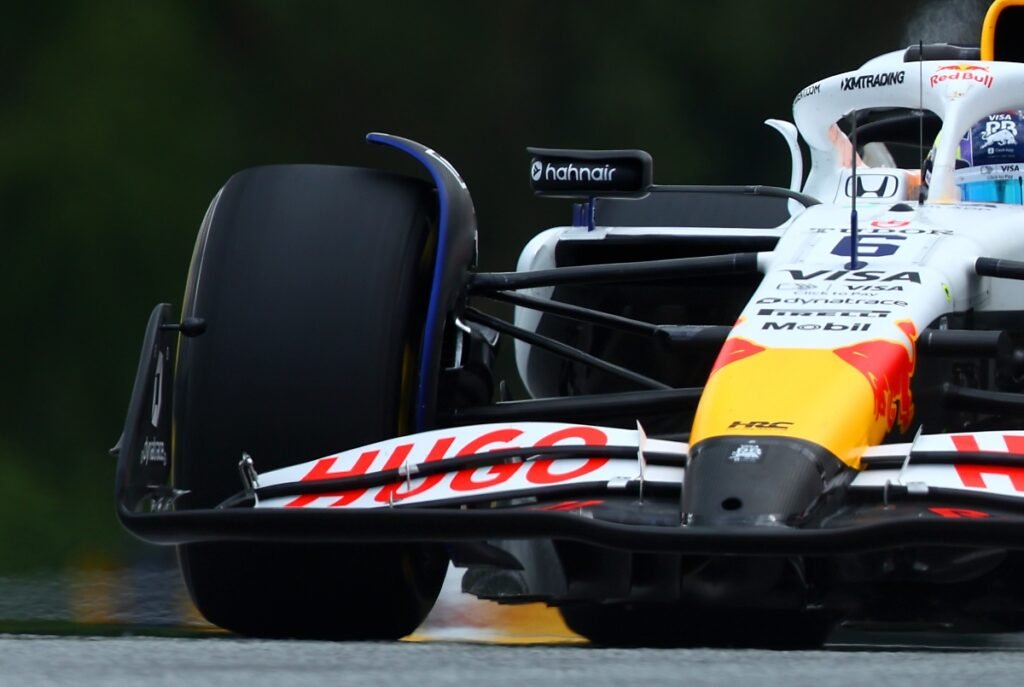Austrian Grand Prix: Team Upgrades and Competitive Landscape
The 2023 Austrian Grand Prix at the Red Bull Ring sees the top four Formula 1 teams—McLaren, Ferrari, Red Bull, and Mercedes—deploy significant upgrades as they strive to challenge McLaren’s current form.
McLaren’s Technical Enhancements
McLaren has introduced pivotal upgrades to its front suspension, enhancing flow conditioning through revised fairings and aerodynamic devices at the front corners. Additionally, the rear corner features an alternative suspension geometry accompanied by adjustments to rear aerodynamic surfaces to optimize performance.
Ferrari’s Floor Redesign
Ferrari has revamped its floor configuration, focusing on floor fences, body edge enhancements, and diffuser improvements. This new package aims to increase vorticity downstream, with enhanced load characteristics throughout the car’s operating envelope. A spokesperson stated, “This floor package features updated front floor fences targeting an enhanced vorticity released downstream.”
Red Bull’s Focus on Flow Stability
Red Bull’s upgrade centers on modifications to the floor edge, targeting enhanced flow stability and downforce consistency. This update is designed to improve car handling and performance as teams navigate the Red Bull Ring’s unique challenges.
Mercedes’ Cooling Specifications
Mercedes has tailored its modifications for the Austrian circuit, including enlarged front brake ducts and revised engine cover exits to meet the cooling demands of the high-altitude track. With the Red Bull Ring ranked as the third-highest circuit on the calendar, effective thermal management is critical, particularly under high-temperature conditions.
Additional Developments at Racing Bulls
Racing Bulls has introduced a new front wing flap aimed at optimizing local flow conditioning and aerodynamic performance. Additionally, a circuit-specific rear wing configuration improves the balance of downforce and efficiency tailored for the Austrian layout.
Sauber’s Continuous Improvements
Sauber continues its progress with iterative floor developments, including enhancements to the mid-floor area, edges, and diffuser for increased downforce efficiency. A higher-downforce rear wing configuration has also been implemented to further elevate performance.
As teams finalize their preparations, the strategic significance of these upgrades will play a critical role in shaping the competitive dynamics at the Austrian Grand Prix.


